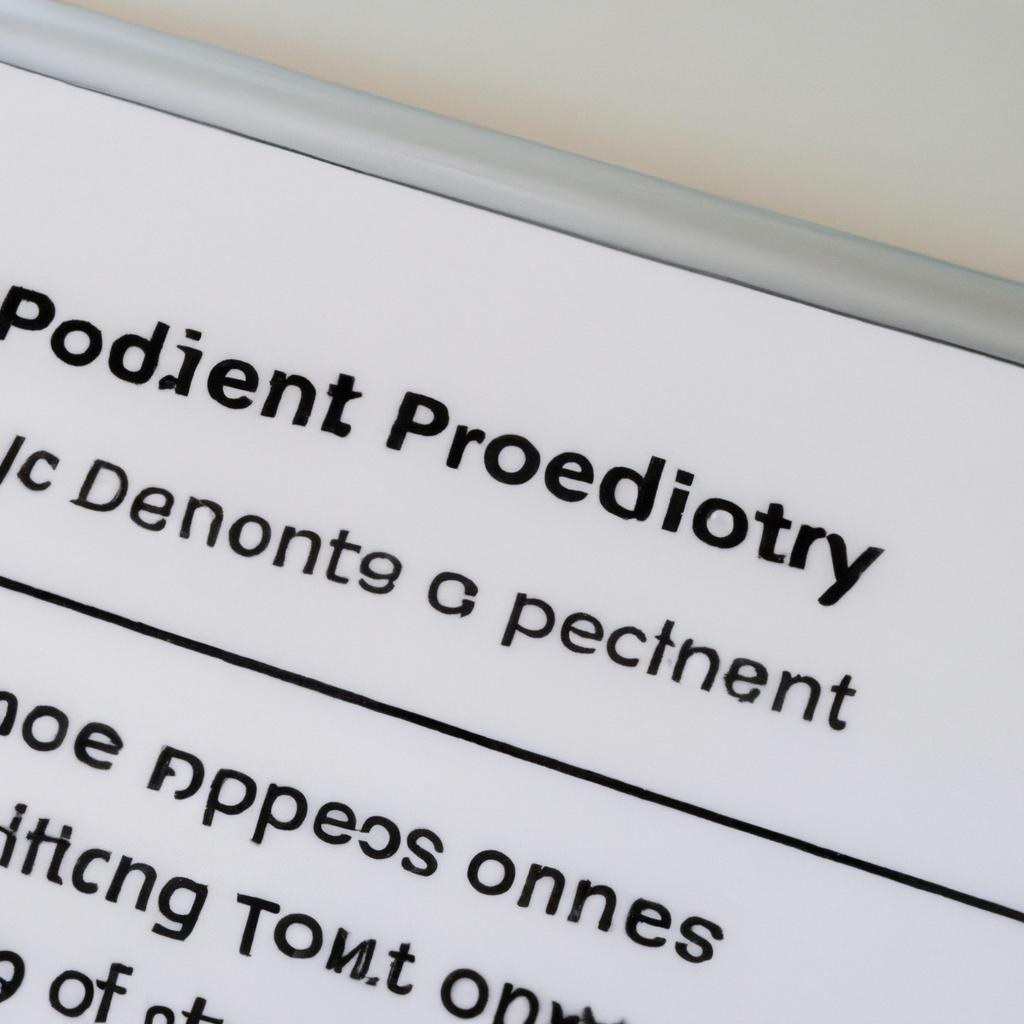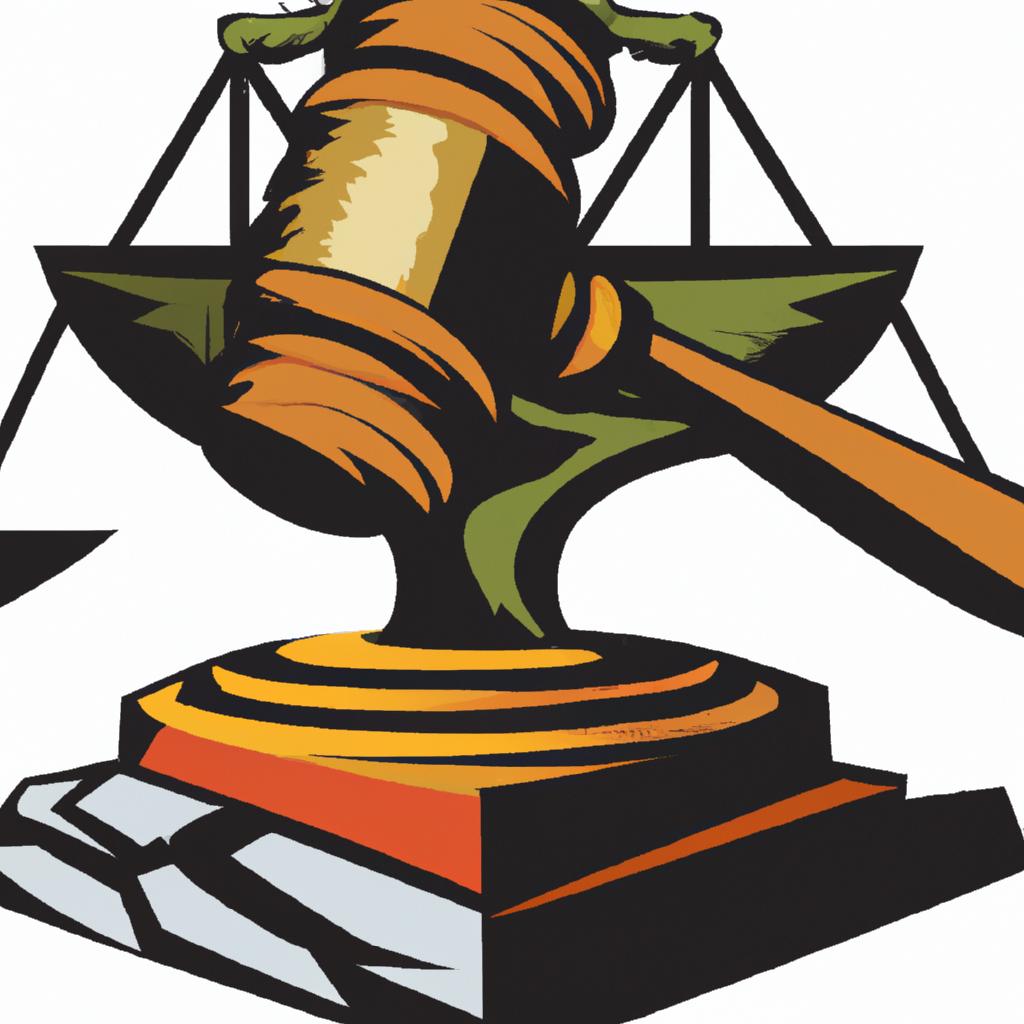In the intricate realm of estate planning, the utilization of a payment on death form holds significant importance in safeguarding one’s assets and ensuring a smooth transfer of wealth upon one’s passing. As experienced lawyers at Morgan Legal Group in New York City, we understand the intricacies of this legal instrument and stand ready to guide you through the complexities of probate, elder law, wills, and trusts. Join us as we delve into the nuances of payment on death forms and illuminate the benefits they offer in securing your financial legacy.
Understanding the Use and Benefits of a Payment on Death Form
When it comes to estate planning, a Payment on Death (POD) form is a powerful tool that can simplify the transfer of assets to your chosen beneficiaries upon your passing. This form allows you to designate who will receive your bank accounts, retirement funds, and other financial assets without the need for probate court involvement. By simply filling out a POD form with your financial institution, you can ensure that your loved ones receive the funds you’ve allocated to them quickly and efficiently.
The benefits of using a Payment on Death form are numerous. Not only does it provide a seamless transfer of assets, but it also allows for privacy in the distribution of your funds. Additionally, using a POD form can help you avoid costly probate fees and delays that can occur when assets are subject to probate court. By working with an experienced estate planning attorney, like those at Morgan Legal Group in New York City, you can ensure that your assets are protected and distributed according to your wishes.

Key Considerations When Designating Beneficiaries on a POD Form
When designating beneficiaries on a payment on death (POD) form, it is crucial to consider several key factors to ensure your wishes are carried out accurately and efficiently. One important consideration is to carefully review and update your beneficiary designations regularly to reflect any changes in your personal or financial circumstances. This step is essential to prevent unintended consequences and avoid potential confusion or disputes among your loved ones.
- Consider the implications of naming multiple beneficiaries on a POD form, as it may result in dividing the proceeds equally among them unless specified otherwise.
- Ensure to provide clear and specific instructions regarding the distribution of assets to avoid any ambiguities or misunderstandings.

Ensuring Clarity and Accuracy in Completing a Payment on Death Form
is essential in order to guarantee that your assets are distributed according to your wishes. Properly filling out this form can help avoid confusion and disputes among beneficiaries after your passing. To ensure that your intentions are clearly outlined, follow these guidelines:
- Provide accurate and up-to-date information about yourself, including your full legal name, date of birth, and social security number.
- Specify the beneficiaries who will receive your assets upon your death, including their full legal names and relationship to you.
- Include detailed descriptions of the assets you wish to be transferred, such as bank accounts, real estate properties, and investment accounts.
- Review the form carefully for any errors or omissions before finalizing and submitting it to the appropriate financial institution.
Taking the time to carefully complete a Payment on Death form can help ensure that your estate is distributed in accordance with your wishes and can provide peace of mind for you and your loved ones. By following these steps and seeking professional guidance if needed, you can help avoid potential complications and disputes in the future. Remember, proper planning now can alleviate stress and uncertainty later on.
Recommendations for Safeguarding Assets and Avoiding Probate with a Payment on Death Form
When it comes to safeguarding your assets and avoiding probate, utilizing a Payment on Death form can be a simple yet effective strategy. By designating beneficiaries on your accounts, such as bank accounts or retirement funds, you can ensure that your assets are transferred directly to your loved ones upon your passing, bypassing the probate process altogether.
It is important to regularly review and update your Payment on Death forms to reflect any changes in your beneficiaries or circumstances. Additionally, consulting with an experienced legal professional, such as the team at Morgan Legal Group, can provide you with personalized guidance on the best practices for safeguarding your assets and ensuring that your wishes are carried out effectively. With proper planning and attention to detail, you can help to secure your legacy and provide peace of mind for yourself and your family.
Q&A
Q: What is a payment on death (POD) form?
A: A payment on death form is a legal document that allows you to designate who will receive the funds in your bank account upon your death.
Q: How does a POD form work?
A: By completing a POD form, you are able to specify a beneficiary who will automatically receive the money in your account when you pass away, without the need for probate.
Q: Who can be named as a beneficiary on a POD form?
A: You can name any individual or entity as a beneficiary on a POD form, including family members, friends, or charitable organizations.
Q: Is a POD form legally binding?
A: Yes, a properly completed and signed POD form is legally binding and will override any conflicting instructions in your will.
Q: What are the advantages of using a POD form?
A: Using a POD form can help avoid probate, ensure your funds go directly to your intended beneficiary, and provide privacy as the details of the account transfer are not made public.
Q: How can I set up a POD form?
A: Setting up a POD form is usually a simple process that involves completing a form provided by your bank or financial institution and naming your desired beneficiary.
Final Thoughts
In conclusion, a payment on death form is a valuable tool that allows for a seamless transfer of assets to designated beneficiaries upon the account holder’s passing. By properly designating beneficiaries and keeping the form up to date, individuals can ensure their loved ones are taken care of in the event of their death. So, take the time to consider this option and ensure your financial legacy is preserved for those you care about. Thank you for reading and good luck with your financial planning journey!

